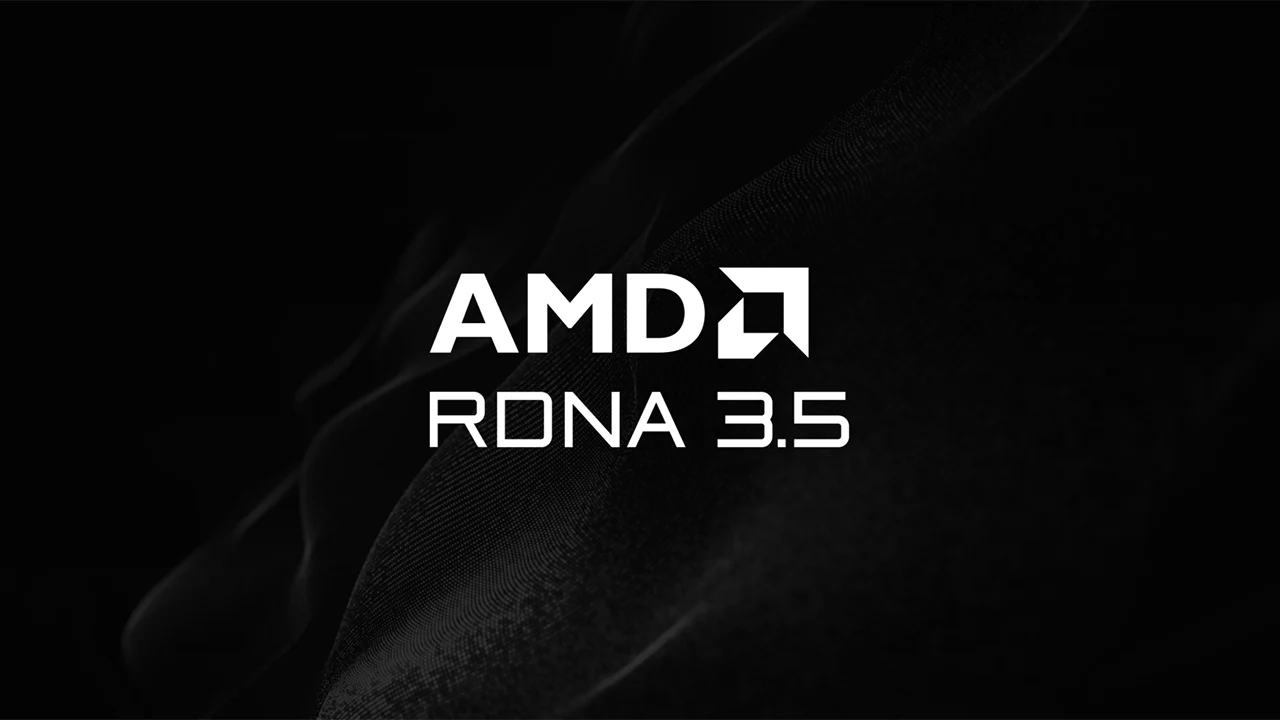Key Takeaways
1. AMD’s Zen 6 series will be branded as Medusa, with Medusa Ridge for desktops and Medusa Point/Halo for portable devices.
2. Medusa Point laptops will feature an unknown version of RDNA 3 iGPUs, likely RDNA 3.5, but will not upgrade to RDNA 4.
3. The Video Core Next (VCN) for Medusa Point may also be limited, affecting performance compared to Nvidia and Intel GPUs.
4. AMD has confirmed that RDNA 4 will be exclusive to desktop discrete GPUs, explaining the choice of RDNA 3.5 for Medusa Point.
5. Medusa Halo might benefit from newer GPU technology, but there are concerns about reusing the RDNA 3.5 GPU from the previous Strix Halo generation.
A recent leak suggests that AMD’s Zen 6 series will operate under the Medusa name, featuring Medusa Ridge for desktop processors and Medusa Point/Medusa Halo for portable devices. It would be logical to think that the new Zen 6 CPU cores would come with an updated RDNA integrated GPU (iGPU). However, according to a new leak from Weibo, this may not be true for laptops.
Medusa Point’s iGPU Limitations
Laptops under the Medusa Point label will apparently be using an unknown version of the RDNA 3 iGPUs, likely falling into the RDNA 3.5 category. Unfortunately, these devices won’t receive the highly sought-after RDNA 4 upgrade, which introduces hardware-based FSR 4.0 and other features that come with the new architecture. As a result, the Video Core Next (VCN) may also be limited to the older version, which could create issues as it lacks many of the advanced capabilities of its Nvidia and Intel counterparts.
AMD’s Confirmation on RDNA Exclusivity
In a prior statement, AMD made it clear that RDNA 4 would be reserved only for desktop discrete GPUs, so the choice to utilize RDNA 3.5 for Medusa Point isn’t particularly shocking. Meanwhile, RDNA 5 (or UDNA, depending on who you ask) is still planned for the desktop Ryzen 11,000 series components. This brings us to the eagerly anticipated Strix Halo successor—Medusa Halo. A newer generation GPU could significantly benefit from its additional memory bandwidth and the rumored 3D V-cache. It would be quite disappointing if AMD decides to reuse the Strix Halo’s RDNA 3.5 GPU for yet another generation.
Source:
Link



